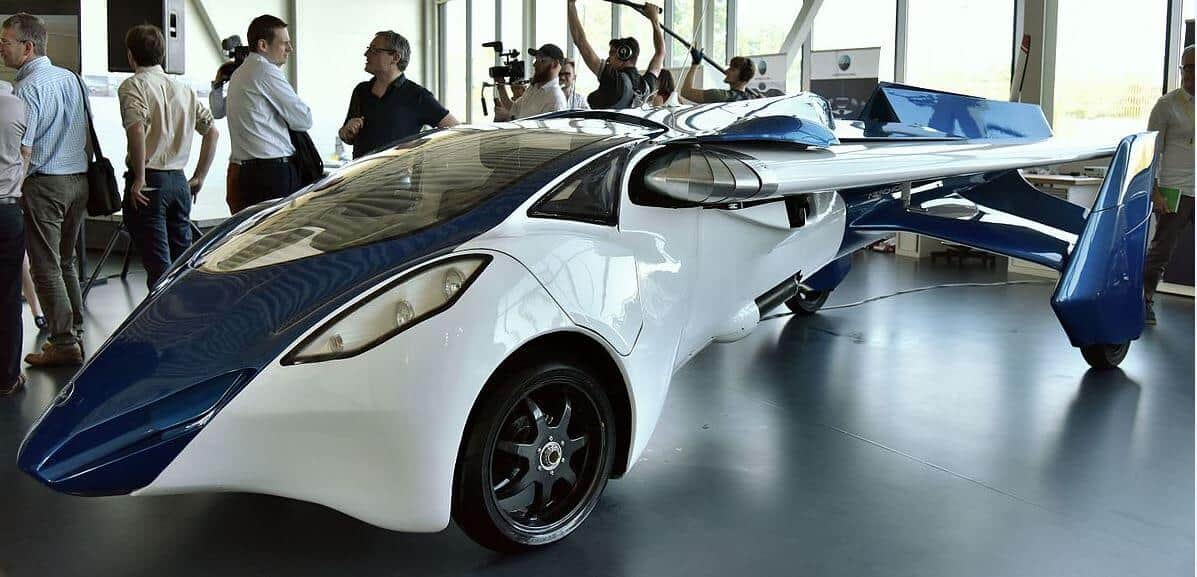Nowadays, e-payment is almost the first choice when people purchase products in China. Alipay and WeChat Pay are two most popular solutions for purchasing. Back to over 10 years ago, there was no doubt that Alipay was the most popular one and none of its competitors could threaten it. In the chart shown below, green represents Alipay, red represents WeChat Pay and dark blue represents others. In 2012, Alipay owned nearly 60% market share of mobile payments. It also had most yearly total mobile payments: 90 billion USD. WeChat Pay only owned about 10% market share and around 20 billion USD (China Internet Watch, 2017).
[ Image source: https://www.chinainternetwatch.com/20322/digital-payment-ecosystems-china/ ]
Monopoly ended until WeChat Pay was launched. In 2013, WePay was launched by TenPay and WeChat. TenPay started in 2005, and it is the leading third-party payment platform. It provides payment and security systems for WeChat Pay. WeChat is the most popular social media mobile application in China. After downloading WeChat, the users can turn on WeChat Pay service for free. Money can be simply spent from the account or collected as balance. Users can also link bank cards to deposit or withdraw money.
WeChat Pay developed rapidly during the past few years and has become the second most popular e-payment method in China. As of February 2017, WeChat Pay has 300 million users connected by bank account, which is 100 million less than Alipay. However, WeChat has nearly 500 million users, which is more than Alipay. WeChat users probably become WeChat Pay users. I think WeChat Pay has a huge potential to have more users than Alipay.
[ Image source: Emma Lee (2017) https://technode.com/2017/08/18/alipay-vs-wechat-challenges-and-strategies-of-two-payment-giants-going-global/ ]



 Hopefully, no customers serious information has been compromised or been used to cause serious harm. This incident should be a learning experience for T-Mobile considering the magnitude of customers it provides service to. It is scary to think that such a wide-spread and reputable company had its security system breached by unknown hackers that took advantage of millions of people. T-Mobile should be working vigorously to tighten its security and make sure that its customers do not have to experience anything like this again.
Hopefully, no customers serious information has been compromised or been used to cause serious harm. This incident should be a learning experience for T-Mobile considering the magnitude of customers it provides service to. It is scary to think that such a wide-spread and reputable company had its security system breached by unknown hackers that took advantage of millions of people. T-Mobile should be working vigorously to tighten its security and make sure that its customers do not have to experience anything like this again.





